The Oura Ring: Wellness game-changer or biohacking black mirror?
Published on September 3, 2025
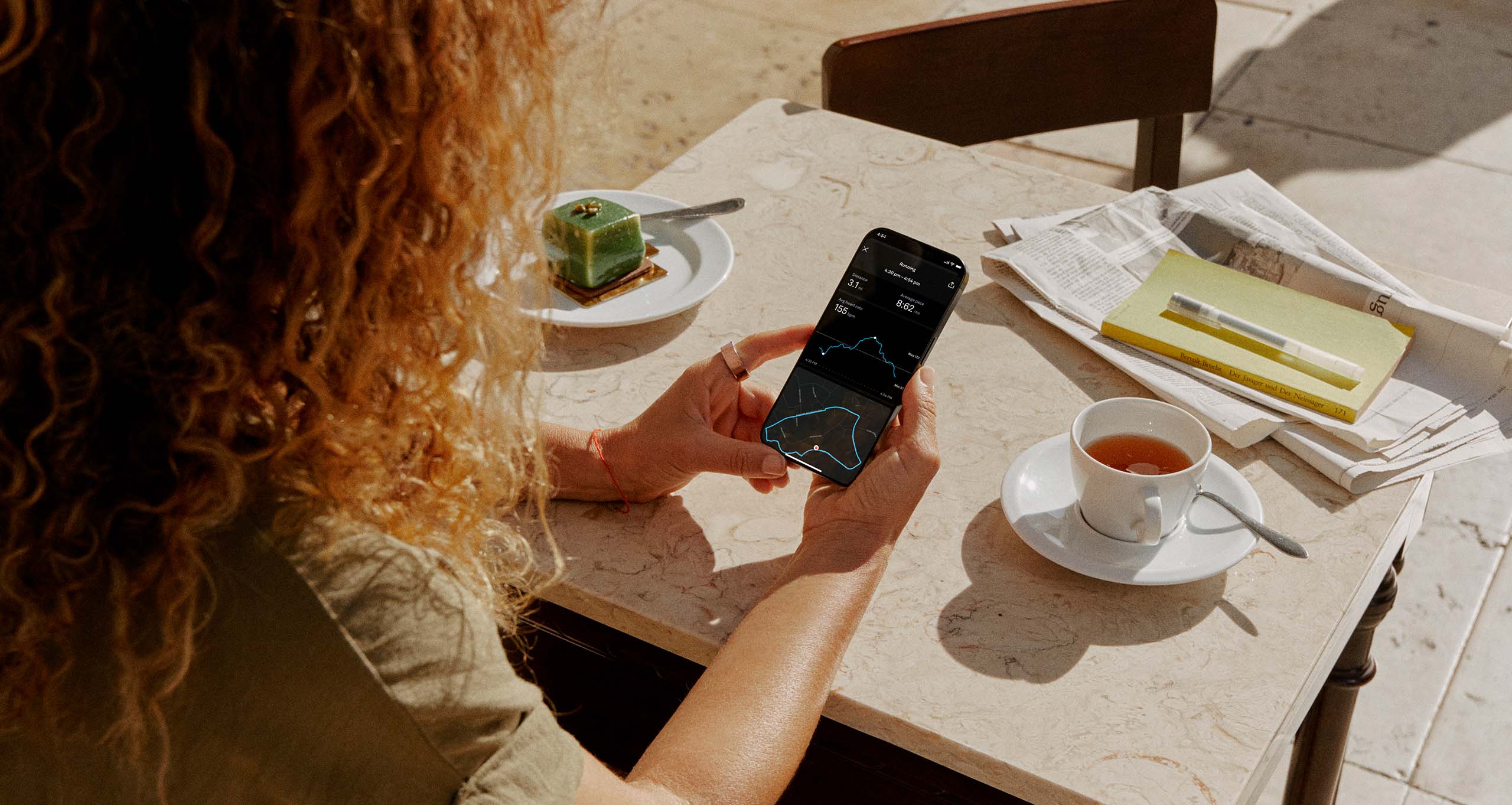
When I first slipped on the Oura Ring, I wasn’t expecting a life shift. I just wanted something that could help me better understand my metabolism, my heart rate, and even keep track of my steps. What I didn’t expect was how quickly this little titanium circle would become my personal health detective, cycle whisperer, and, to be honest, my slightly know-it-all best friend.
Like many women dealing with PCOS, I’ve spent years trying to decode my body. Tracking symptoms manually, guessing at ovulation, and wondering whether I was fatigued due to hormones or due to my heart, or just actually tired, became a way of life. But that all changed when I started wearing the Oura Ring.
Suddenly, I wasn’t guessing anymore. I had data. And better yet, I had patterns. Real, actionable insight that actually helped me understand my body better and, best of all, heal.
But as much as I love it, there’s also something… unnerving about it. Because for all its power and promise, the Oura Ring also invites a deeper conversation: about privacy, bio-surveillance, and whether self-optimization is quietly becoming self-obsession.
So here it is: the honest no-tech-jargon review you’ve been waiting for. Let’s talk about what makes the Oura Ring a blessing and what might make it a bit of a burden.
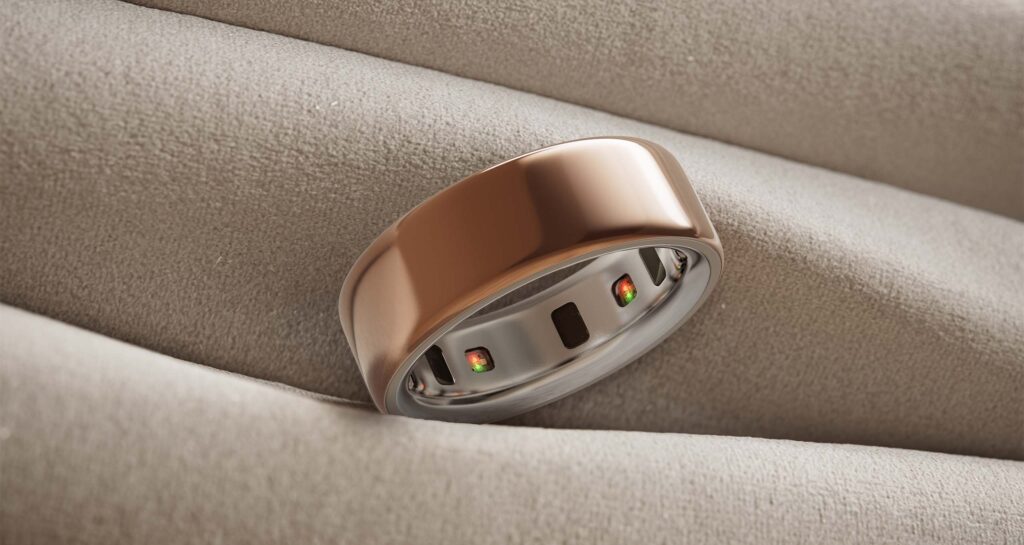
First, what is the Oura Ring?
It’s not just a ring. It’s a sleek, minimal, and surprisingly lightweight piece of wearable tech that tracks:
- Sleep quality
- Heart rate variability (HRV)
- Body temperature
- Respiration
- Activity levels
- Period prediction and cycle tracking
- Readiness and recovery scores
All of that lives inside something that looks more like a Cartier band than a Fitbit. It’s designed for 24/7 wear, even in the shower or during workouts. And it connects to an app that gives you daily health insights, trends, and gentle nudges to rest or move, depending on your body’s cues.
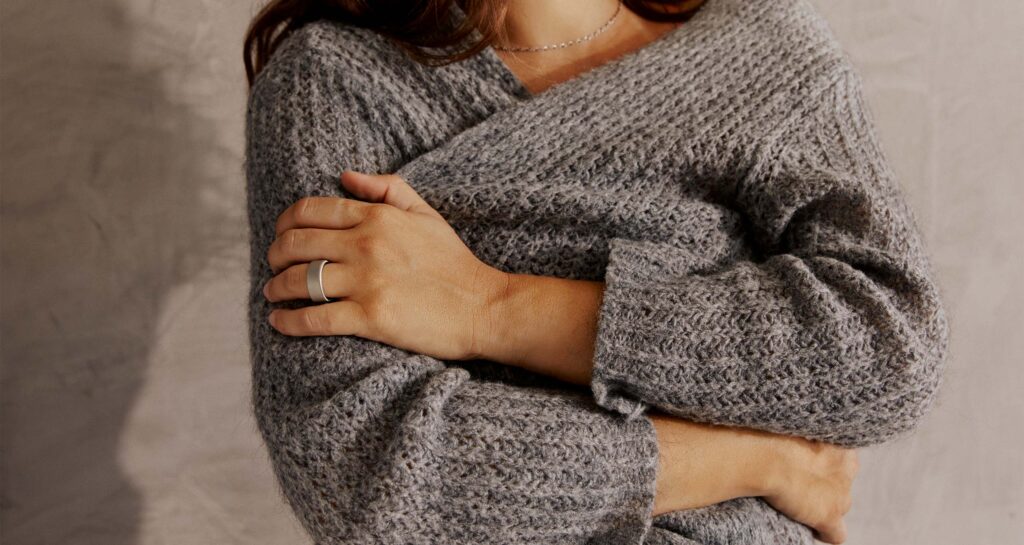
The Pros: How the Oura Ring helped me heal my PCOS
Let’s start with the good because there’s a lot of it.
For someone managing PCOS, the Oura Ring has been nothing short of revolutionary. Here’s how:
Cycle tracking that actually works
Unlike many apps that rely on the 28-day average myth, Oura uses temperature trends and resting heart rate to predict ovulation based on what your body is actually doing. This matters, especially for women with irregular cycles. It gave me a much clearer picture of when my body was shifting, even when my cycle was off by a week or more. This is important because sometimes the cycle is not irregular; it simply has an uncommon pattern hard to follow. But once you understand this odd pattern, this information can reveal what may be wrong in the first place.
Sleep quality = Hormone quality
Oura helped me realize that I wasn’t just “tired,” I was recovering poorly. I have a heart condition in which my heart rate can randomly increase when I sleep, and I still remain asleep, but wake up feeling still tired. I used to wake up unsure of what was going on, but nowadays I simply know when my heart isn’t resting. Once I detected this and fixed it, I started improving my deep sleep, my cravings decreased, my moods stabilized, and my PMS symptoms softened. Sleep isn’t just rest; it’s hormone therapy. And Oura made it easier for me to track it.
Inflammation clues
The ring tracks skin temperature and heart rate variability, which became my early-warning system for inflammation flares. I started noticing patterns between high sugar days, poor sleep, and a drop in HRV. These were clues I would’ve missed otherwise, and I am glad I didn’t because high inflammation can lead to diabetes, cancer, and even heart disease. So simply monitoring inflammation and addressing the small things as needed is helpful for overall healthy aging.
Workout smarter, not harder
There were days I felt fine, but Oura would gently tell me: Your readiness score is low, maybe take a rest day. And when I listened, I actually saw better results. It taught me to befriend rest instead of fearing it and understand when I am being lazy and when I genuinely need a rest.
So yes, if you’re a woman trying to regulate hormones, recover from burnout, or simply understand your body better, the Oura Ring is an incredibly empowering tool.
But now let’s get into the messier stuff.
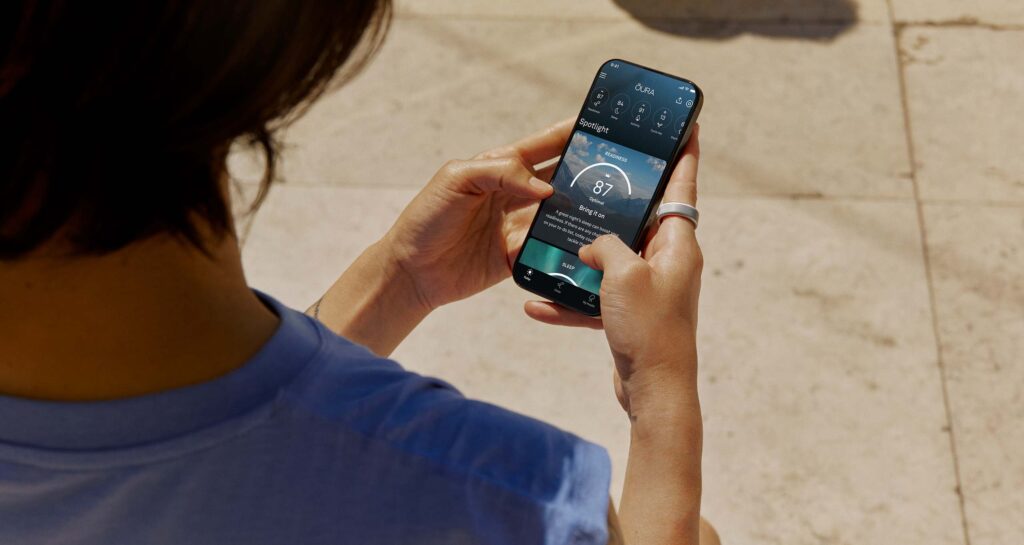
The Cons: The darker side of bio-tracking
Here’s the thing about tracking your body 24/7: it can be a little addictive. And a little invasive.
Let’s talk about it.
Are we obsessed with optimizing?
At first, it’s magical. Watching your data, seeing your health improve. But at what point does tracking become chasing? I found myself wondering, “Am I sleeping for me, or sleeping for the score?”
This is a common concern among bio-tracking users. When every aspect of your wellness is quantified, it’s easy to fall into the trap of performance health. You start micromanaging every breath, every minute of sleep, every heartbeat. I like to think of it as the avatars in the popular video game Sims, which was always meant to teach children about adult life, and self-care is an important part of that, but just like video games, it can become addictive.
Suddenly, your own health and well-being are gamified, and it’s not just about feeling good. It’s about scoring high. For people with perfectionist tendencies, this can be a subtle but real mental health trap.
Who has access to your health?
This is where things get even more complicated.
While Oura insists that user data is encrypted and protected, there are broader questions that remain: What happens to your health data in the hands of third-party apps, or under subpoena, or in a future where insurance companies or employers want access to biometric scores? And hello… hacking happens all the time.
Some experts argue that we’re rushing headfirst into a future where our bodily data is currency and once you give it away, you can’t take it back. We’ve already seen what happens when tech companies know too much. Add in your menstrual cycle, hormone fluctuations, and recovery patterns, and the stakes feel even higher.
There’s also the uncomfortable reality that wearable health tech was largely developed for male physiology and only recently adjusted to include more nuanced female health tracking. In other words, this is still new territory and we’re the test subjects. It could end well, but it could also end poorly
Security: A false sense of privacy?
Even though Oura touts its secure data encryption, the truth is no wearable device is 100% hack-proof. And when you’re dealing with something as intimate as your biometrics, the idea of a leak feels more disturbing than a stolen password. It’s your body. Your hormones. Your health history.
We shouldn’t panic, but we also shouldn’t pretend this is risk-free.
The smarter our tech becomes, the more responsible – and aware – we have to be as users.
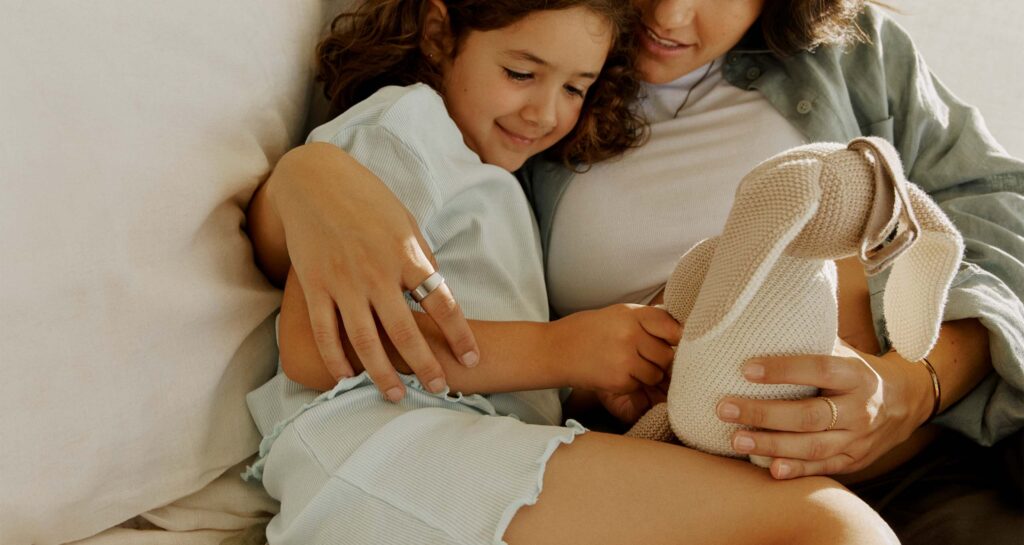
The best way to use tech: Boundaries + intuition
So how do we reconcile all of this?
Here’s where I’ve landed: Use the tool, but don’t let it use you.
I do have concerns about the biohacking future ahead of us, but I can’t deny that Oura has genuinely helped me. It taught me to rest. It gave me data on my body that has helped me cure my body. It showed me what inflammation looks like before it spirals. But I also set boundaries:
- I don’t obsess over low scores.
- I don’t check it first thing in the morning. To be honest, I almost only check it when I am feeling off and I want to dive into what it could be.
- I also take “off days” where I don’t wear it, just to reconnect with my own intuition.
Because for all its science and sensors, the most powerful tracker you’ll ever have is your own body awareness, which ideally should increase with the Oura Ring, instead of letting the tech dictate everything to you. AI is brilliant, but it can never replace the wisdom of intuition, the kind that knows when something’s off before a device does.
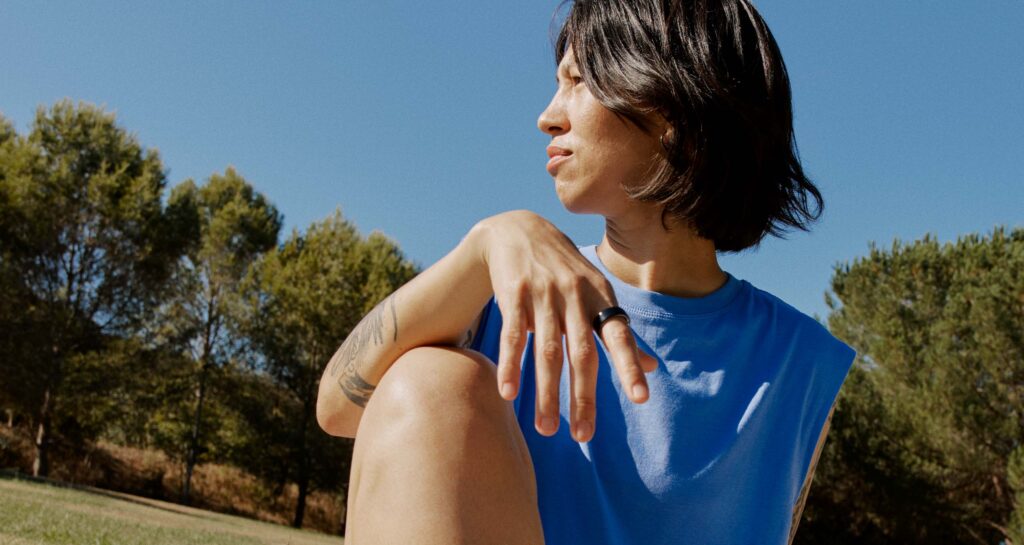
Final verdict
Would I recommend the Oura Ring? Absolutely, especially for women navigating PCOS, using natural family planning (you can automatically share your data with your spouse), burnout, hormonal shifts, or sleep recovery. It’s a game-changing tool that actually honors the female body in real time.
But I’d also recommend approaching it like you would any new relationship: with healthy curiosity, clear boundaries, and the understanding that while it can teach you a lot, it can’t define your life or body.
Your body is not a project to be perfected. It’s a home to be cared for.



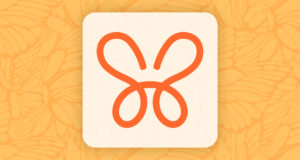
Nice informative, apparently unbiased review. By chance, is there a complimentary review for men?
I’ve been so curious about this device for a while now! Something that would track my cycle automatically without me having to remember (my usual downfall when it comes to tracking) ? It seemed like a dream! Albeit an expensive one.
I appreciate your comments on invasiveness however, as well as the importance of trusting our own intuition. It’s easy to get focused on the “best recommended” things and forget to focus on what’s right for your particular body.
This is just to say, thanks! I really appreciate this article!